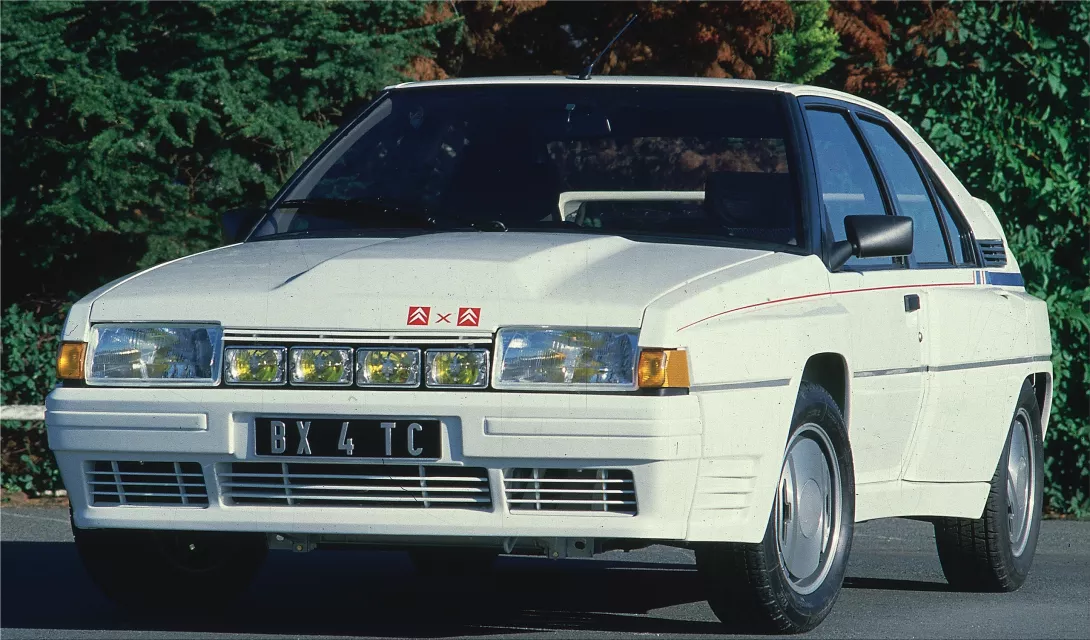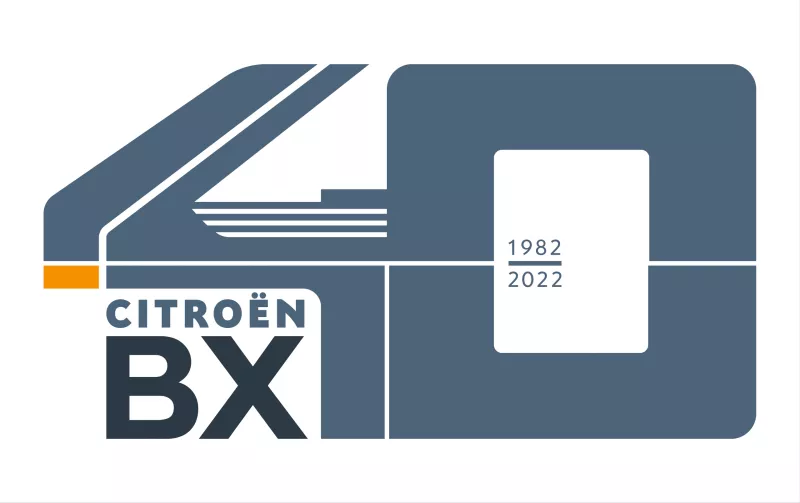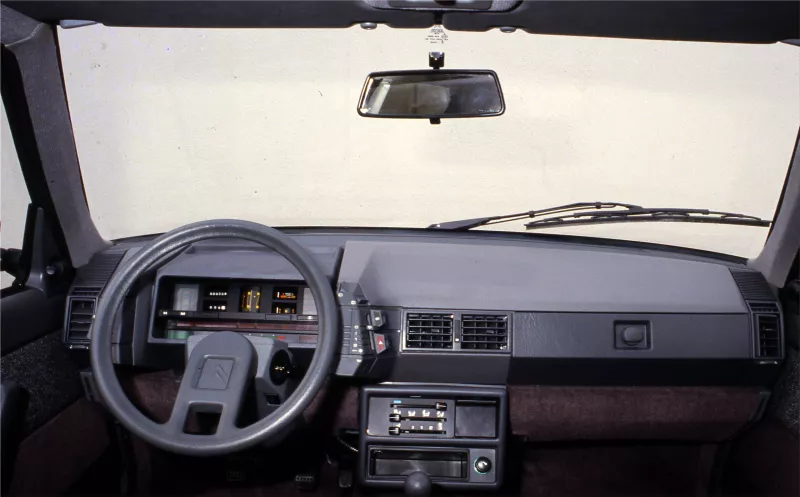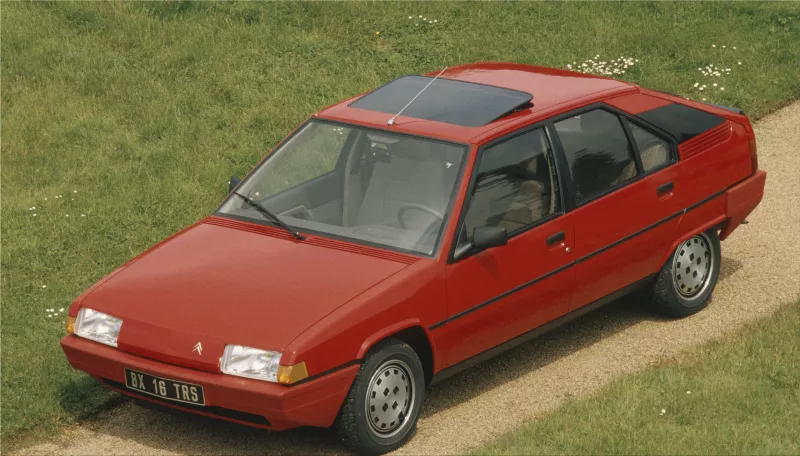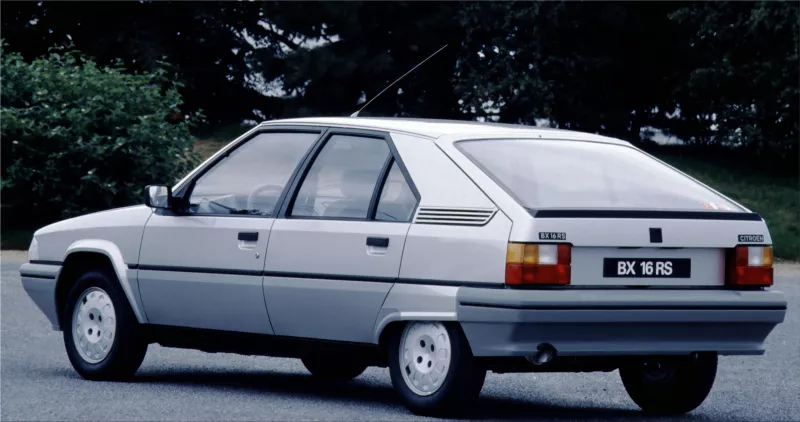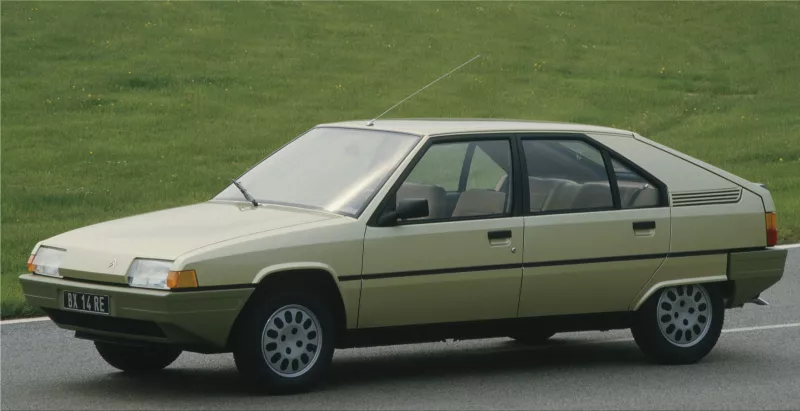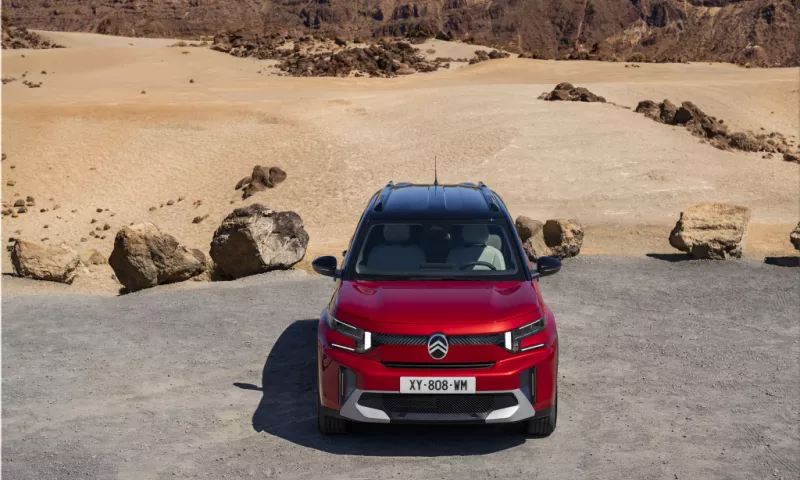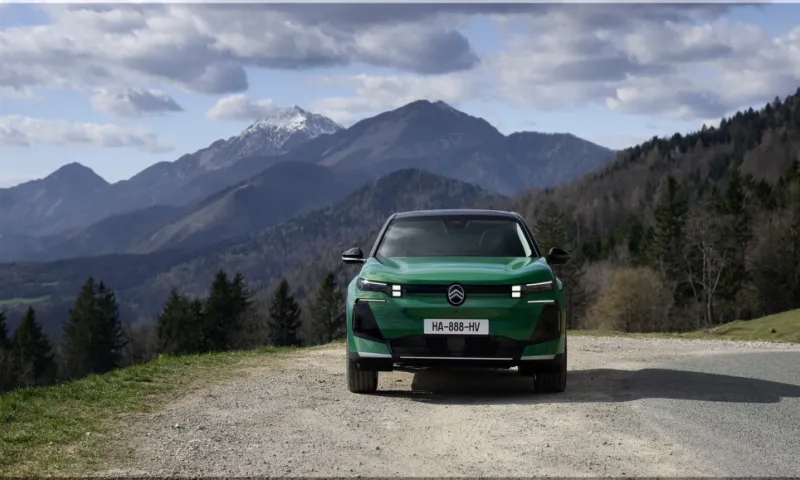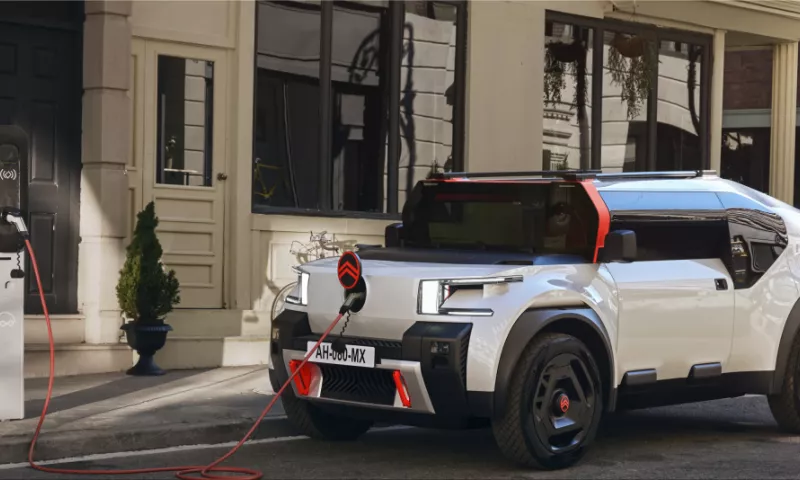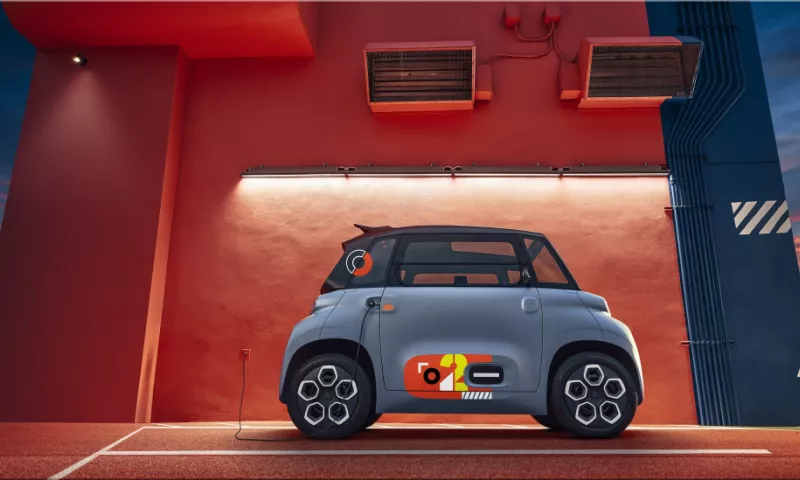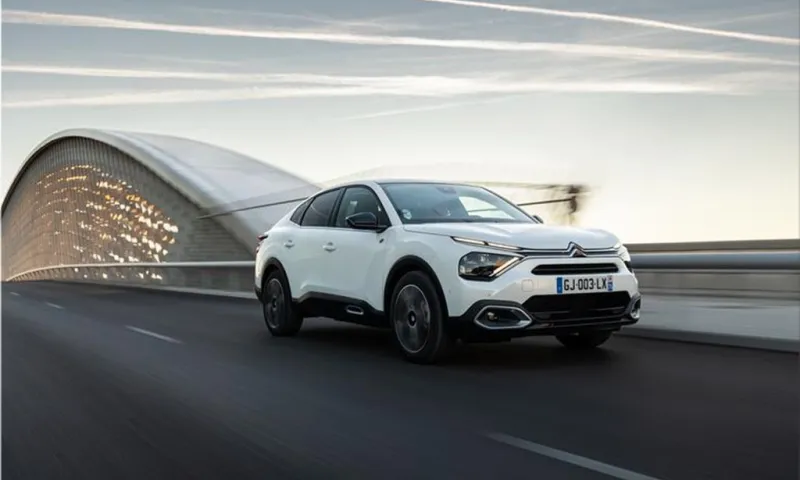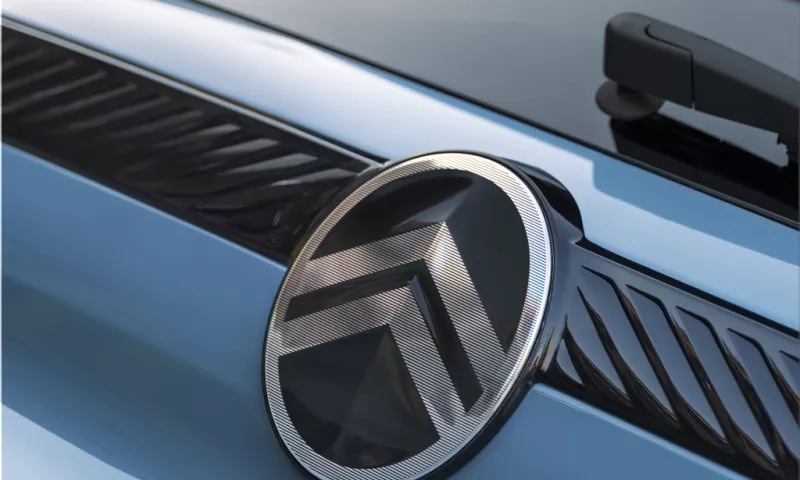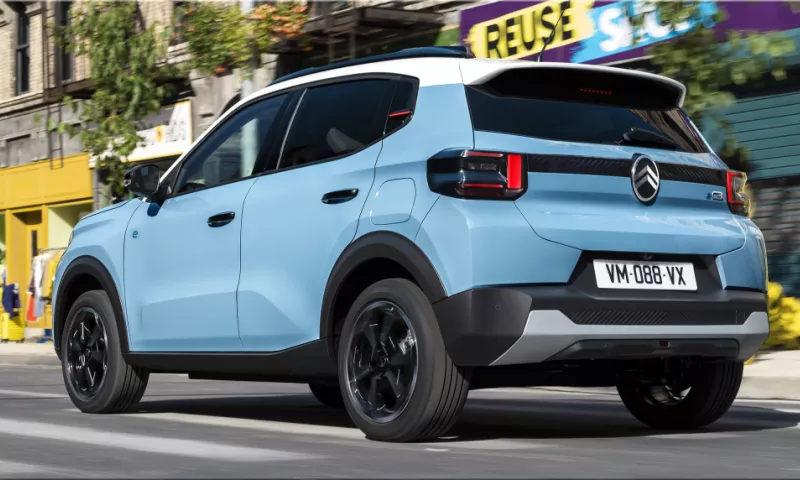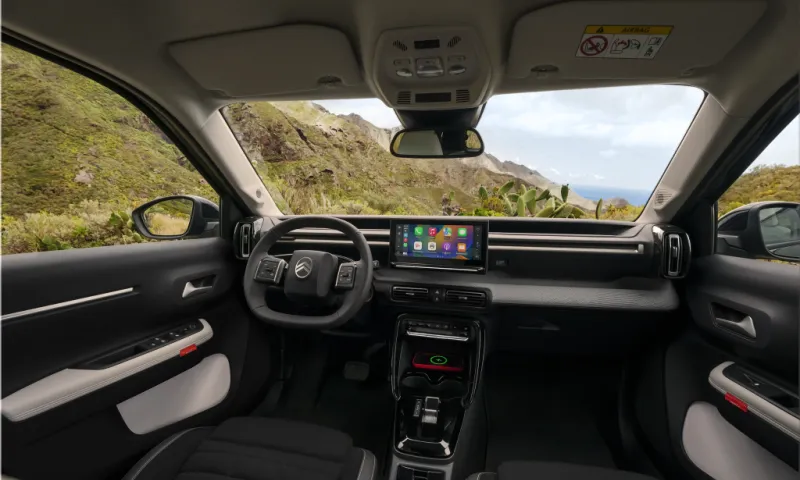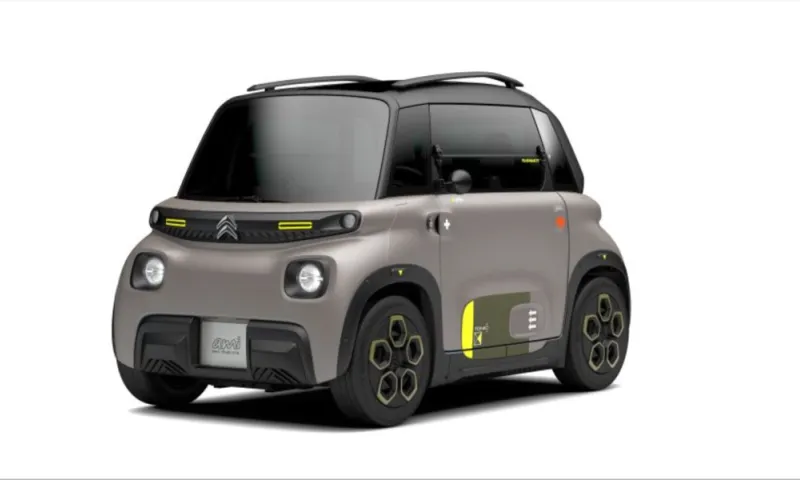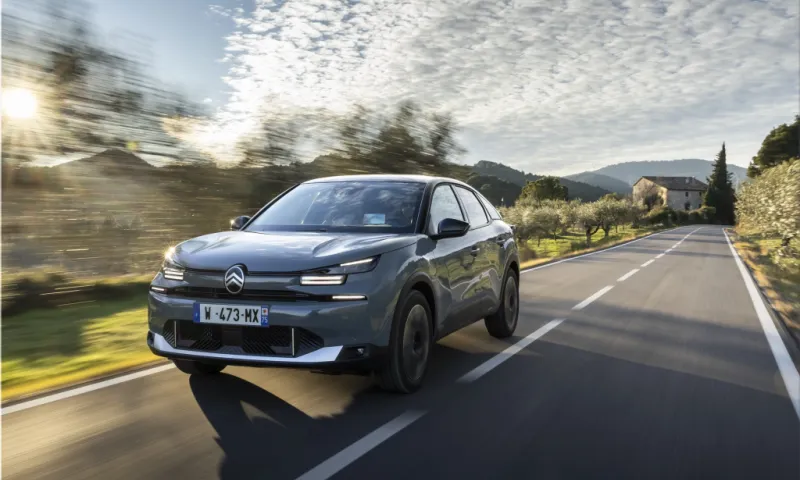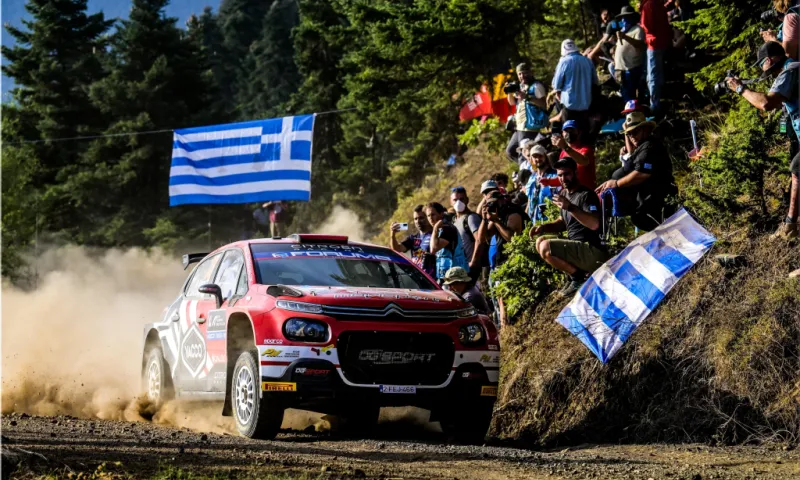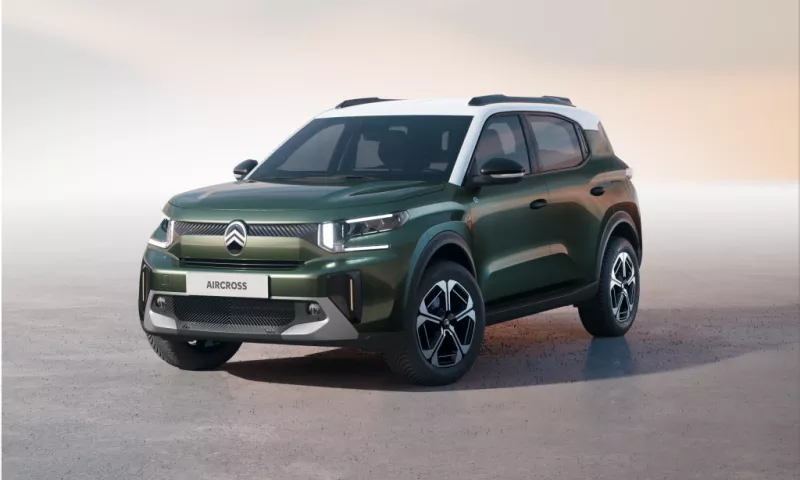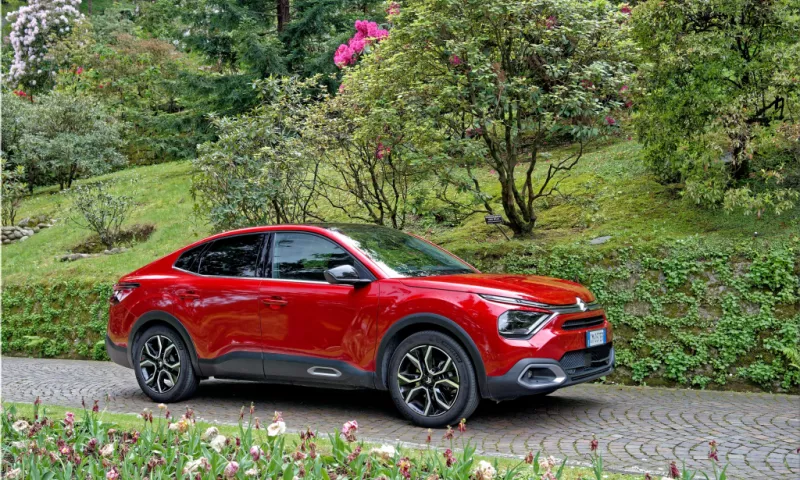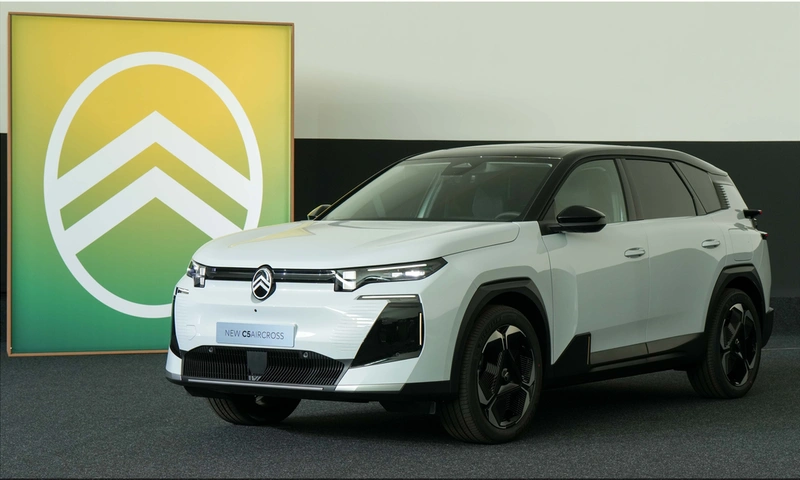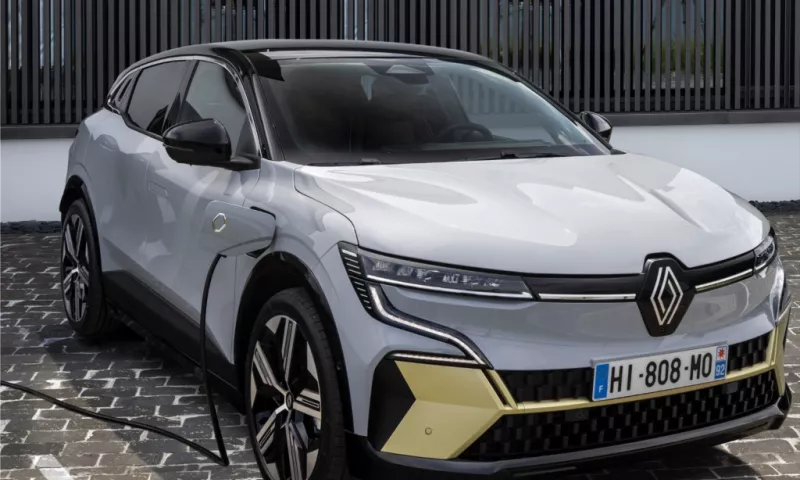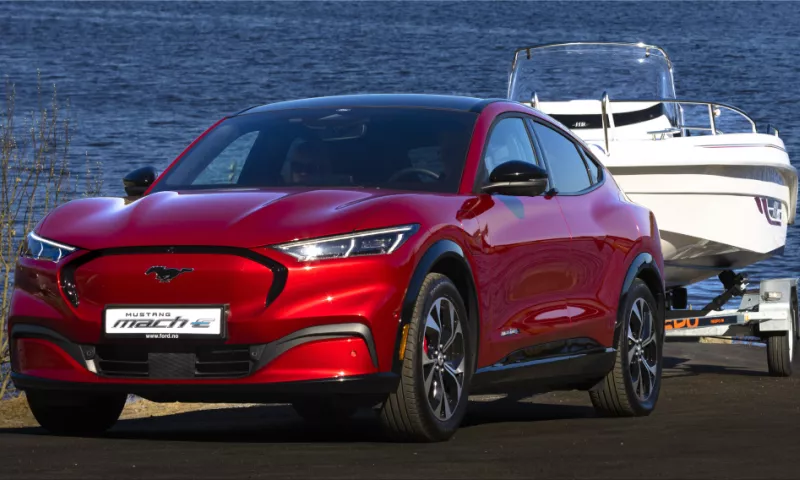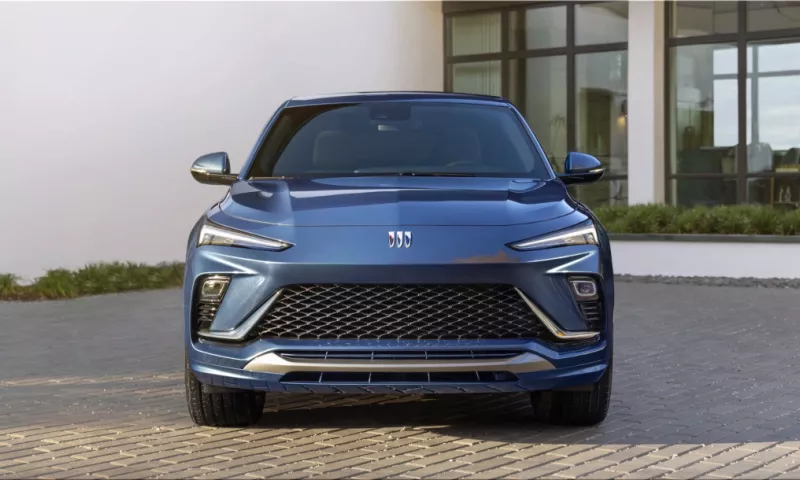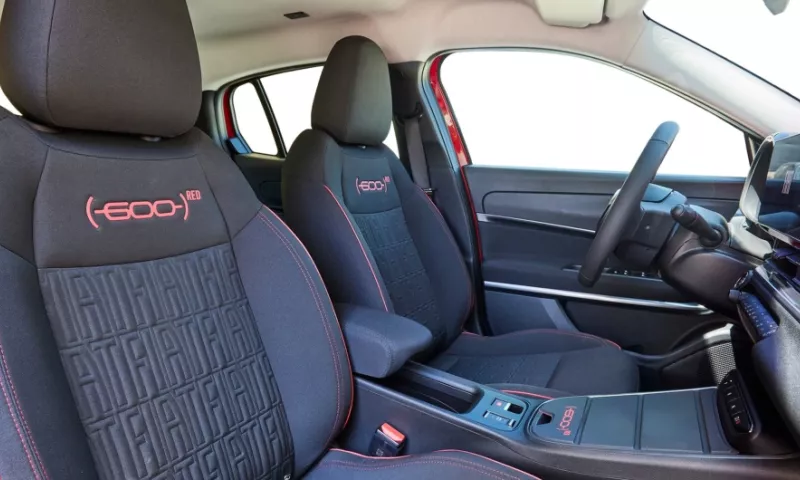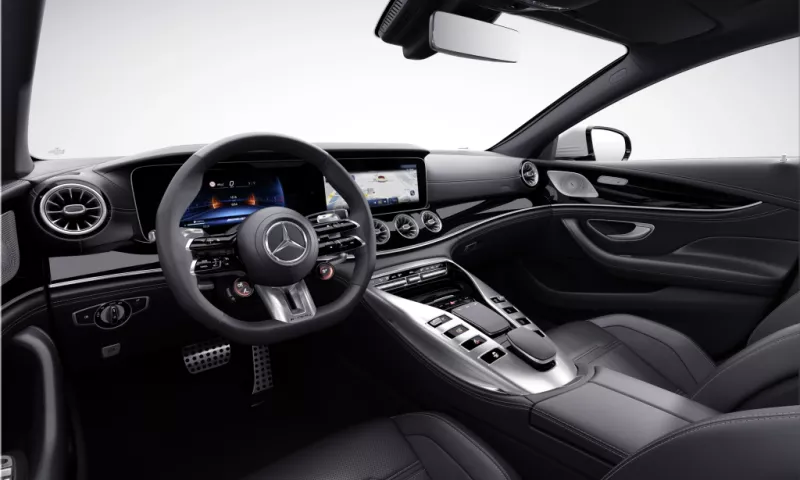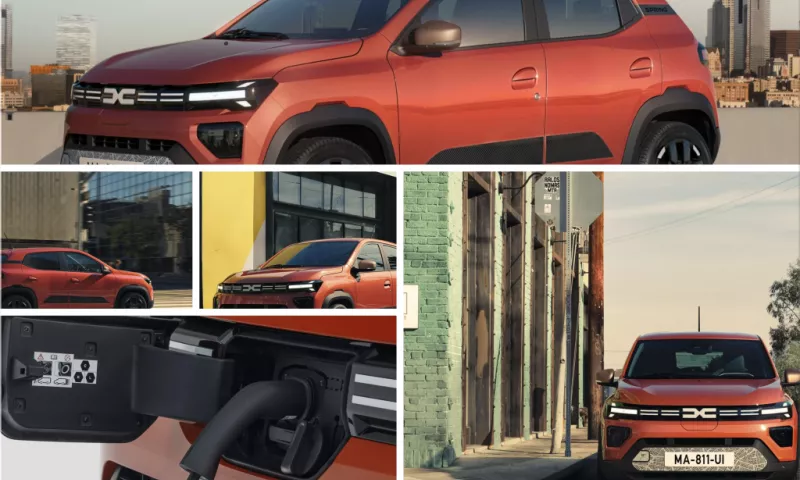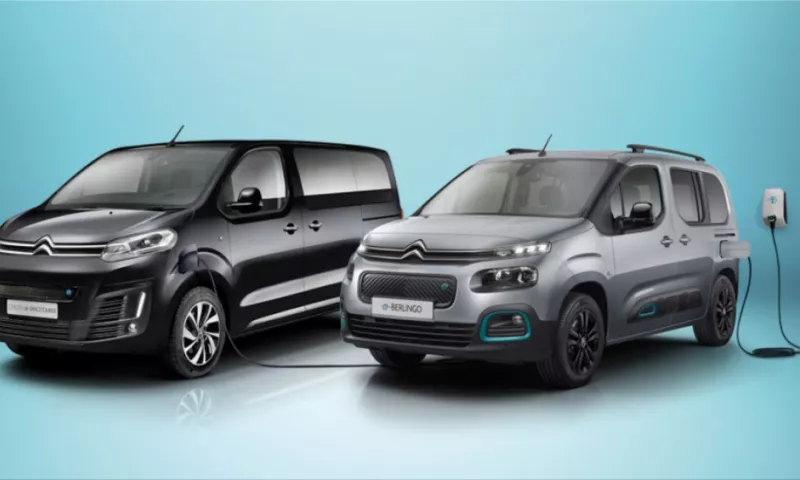On September 23, 1982, a great crowd gathered on the Champ-de-Mars below the Eiffel Tower, their gaze fixated on the Eiffel Tower's first floor, where a wooden box was hung with the inscription "Voila la nouvelle Citroen." The wooden box was slowly lowered to the earth in a dizzying light and sound extravaganza. The bodywork finally parted to reveal the Citroen BX, launching its spectacular career to a standing ovation - with the Eiffel Tower decked out in double chevrons and covered in a massive fireworks display.
On September 30, 1982, the 69th Paris Motor Show opened its doors in the Porte de Versailles exhibition hall, officially launching sales of the BX, which quickly became one of the fair's uncontested stars.
The Citroen BX project, which began in 1978 under the codename "XB," was completed in November 1979. The future BX's key goals were to be known as a modern, unique vehicle emphasizing innovation. The BX was designed to be a transversely engineered vehicle with little mass to provide good acceleration and low fuel consumption, representing cost savings. The BX, like all Citroen top-of-the-line automobiles of the time, used a hydropneumatic suspension system to assure comfort and excellent road grip. The BX was a five-door hatchback.
The Vélizy technical center led the development, investing substantially in CAD (computer-aided design) to hasten design convergence and enhance performance. The Citroen BX attained a respectable aerodynamic coefficient of 0.34 due to this strategy. It used composite materials for sections such as the bumper, trunk lid, hood, and side panels, and it weighed only 885 kg. The engines of the BX were taken over from the group's drive bank as the first car of the PSA era. The Citroen BX was unexpectedly dynamic with powerful engines since its initial debut (62hp and 72hp 1360cc, 90hp 1580cc).
Citroen has set a dual purpose with the BX: to present the entry into the upper-middle-class car market and replace the GSA. The Citroen BX relied on cutting-edge technology to provide comfort, dynamism, and economy, as well as a novel shape with a ground-breaking design.
